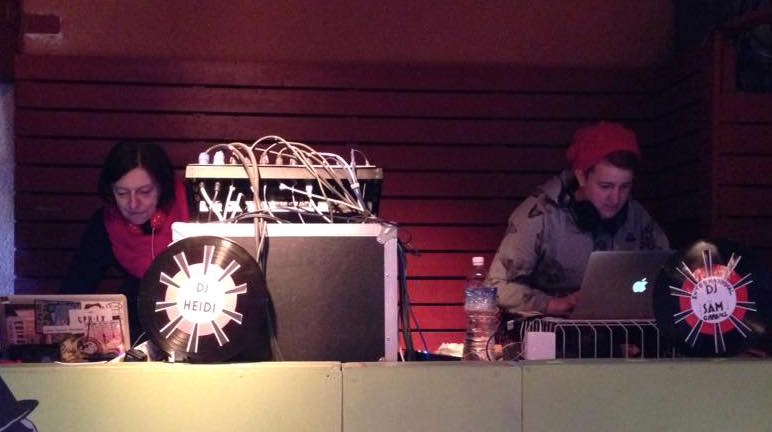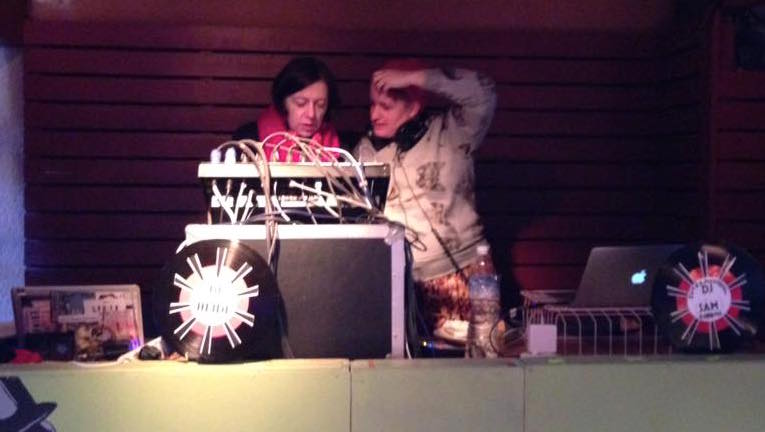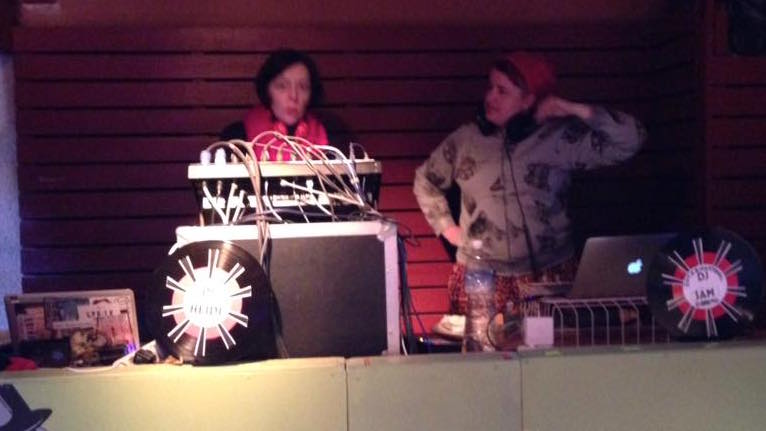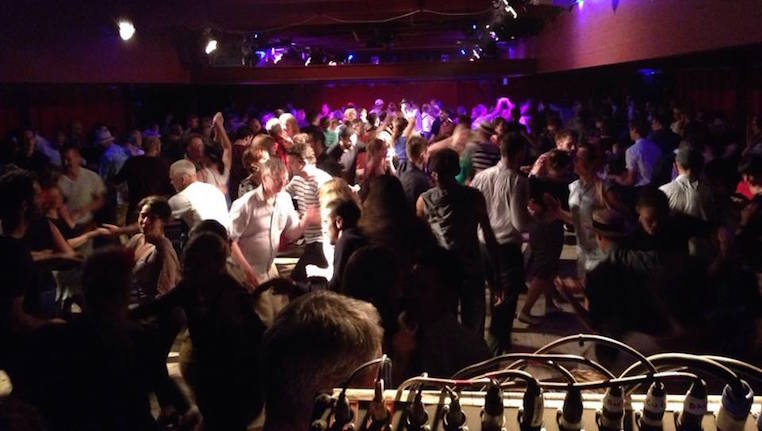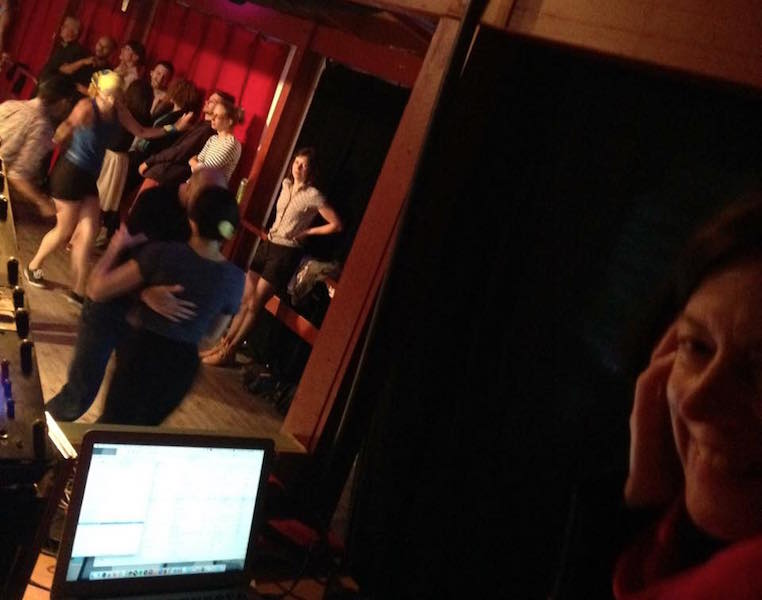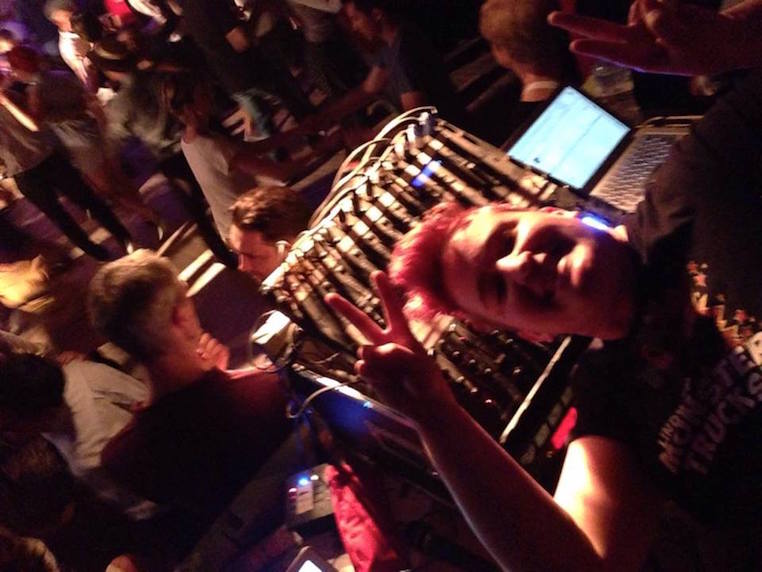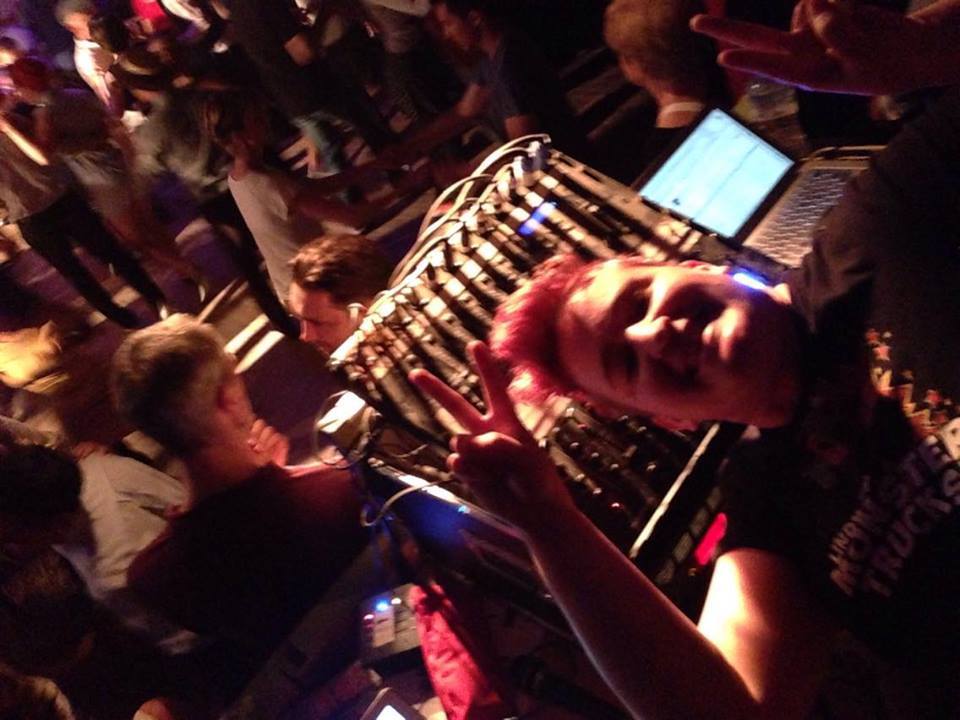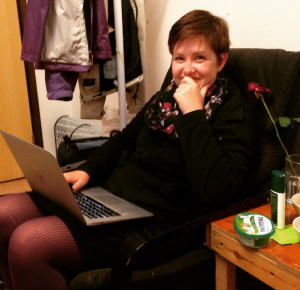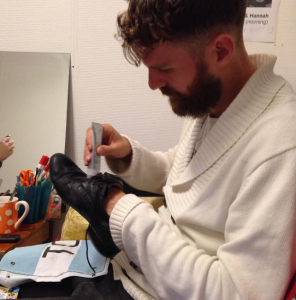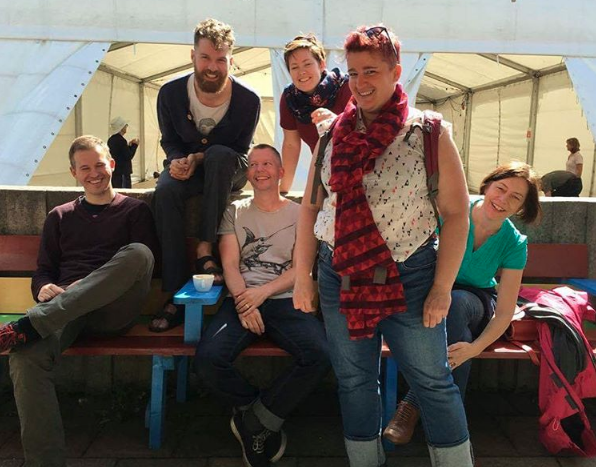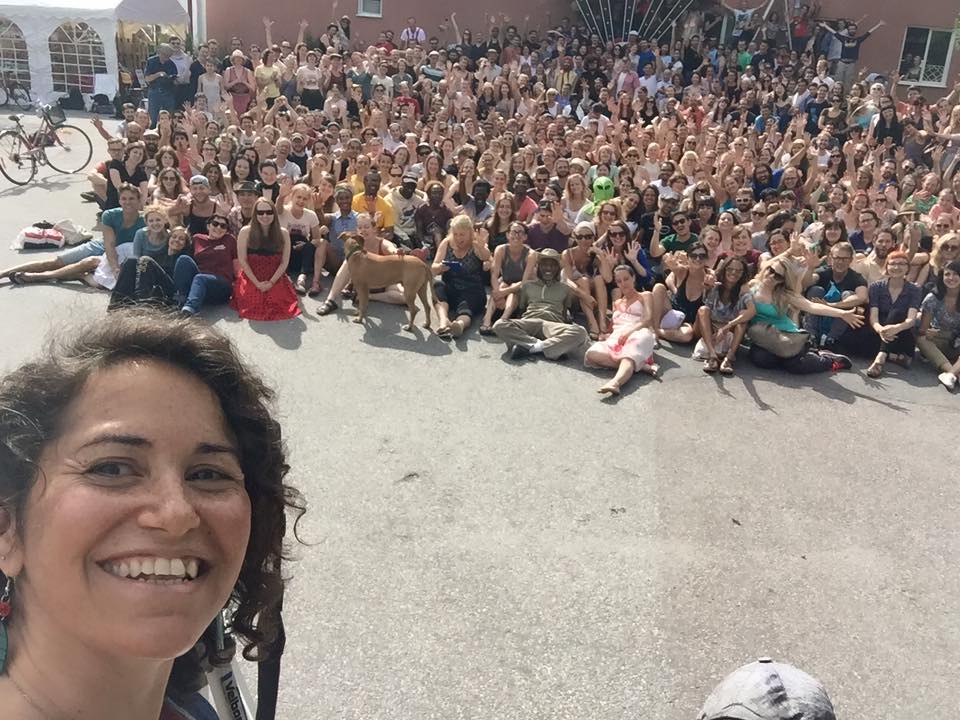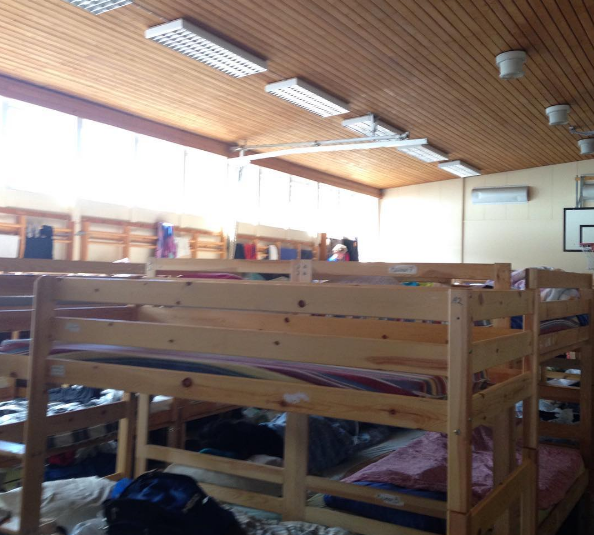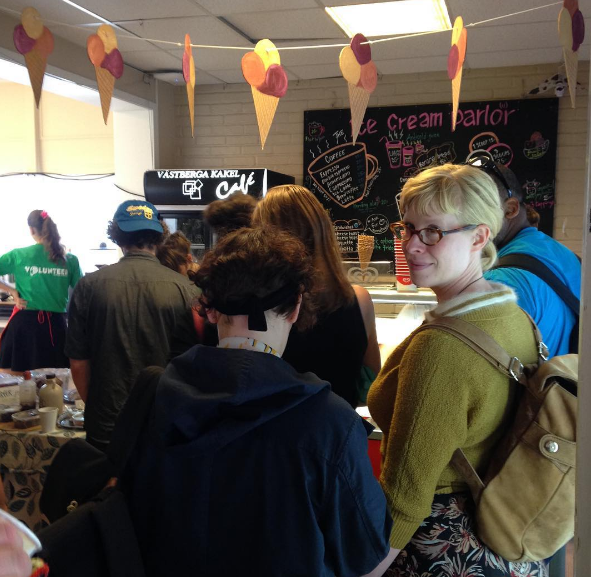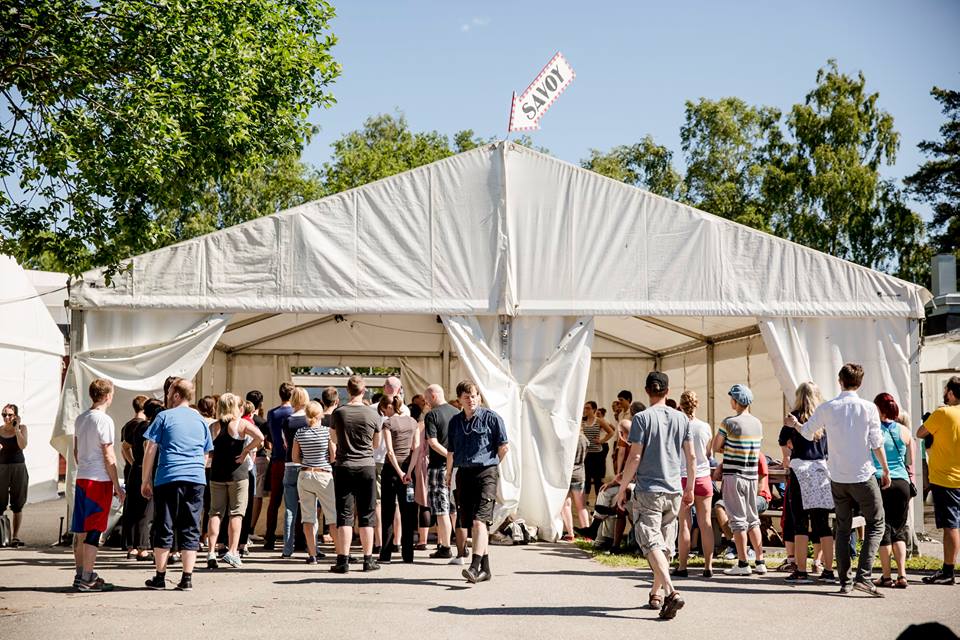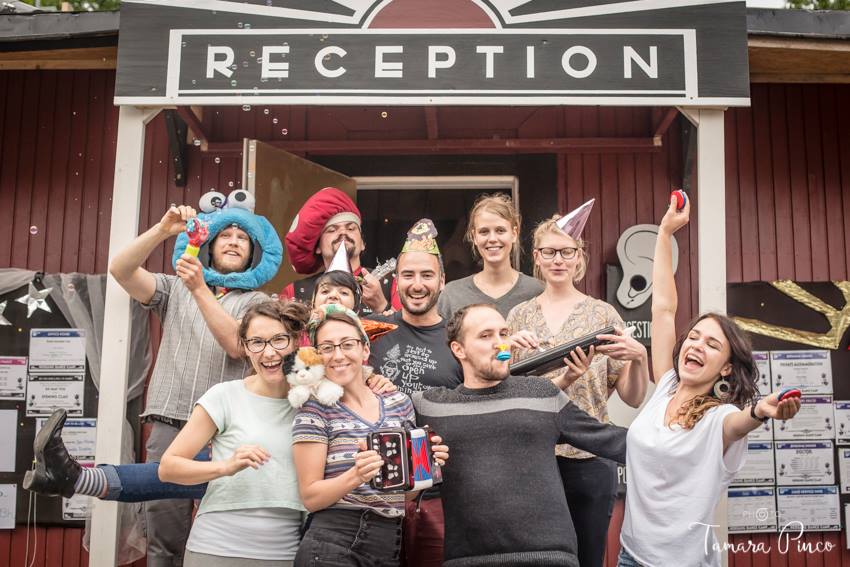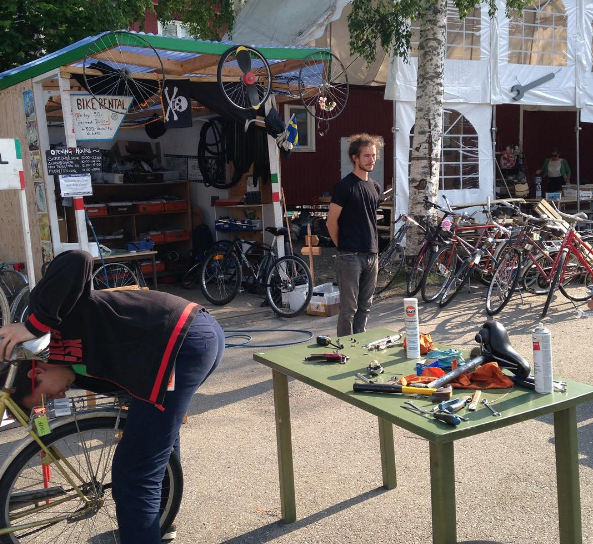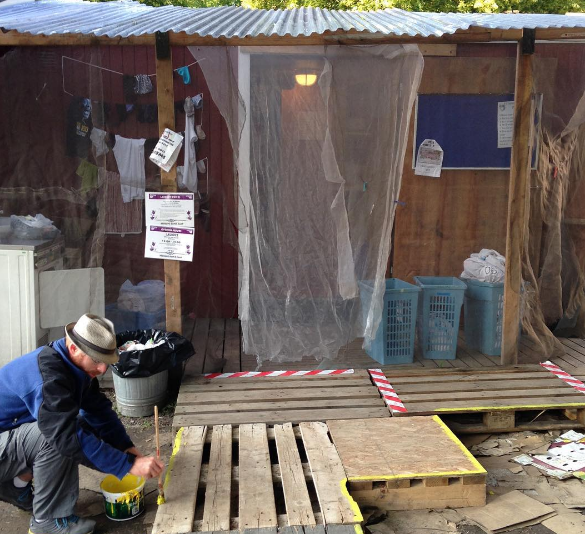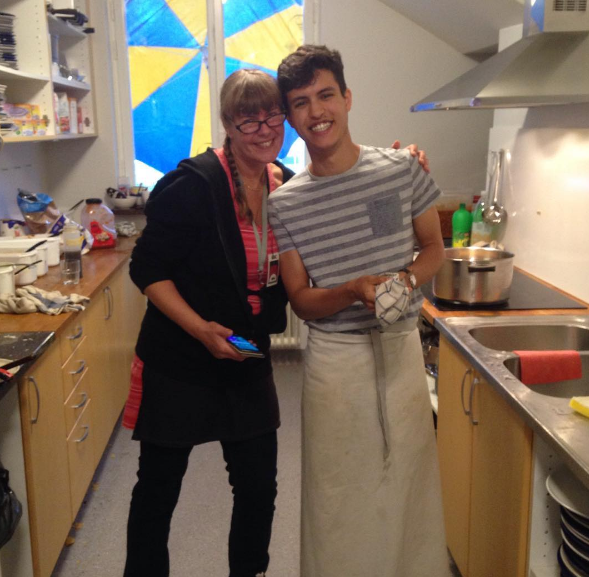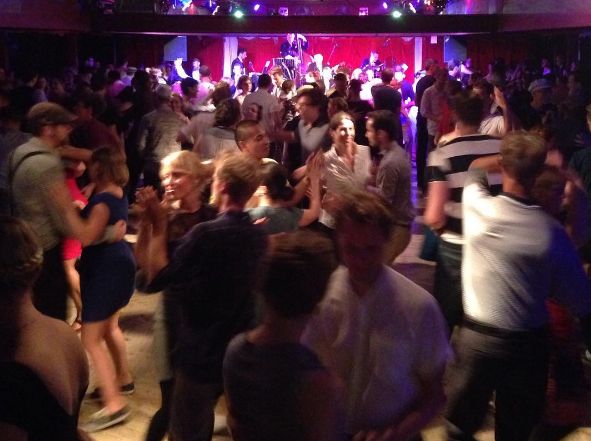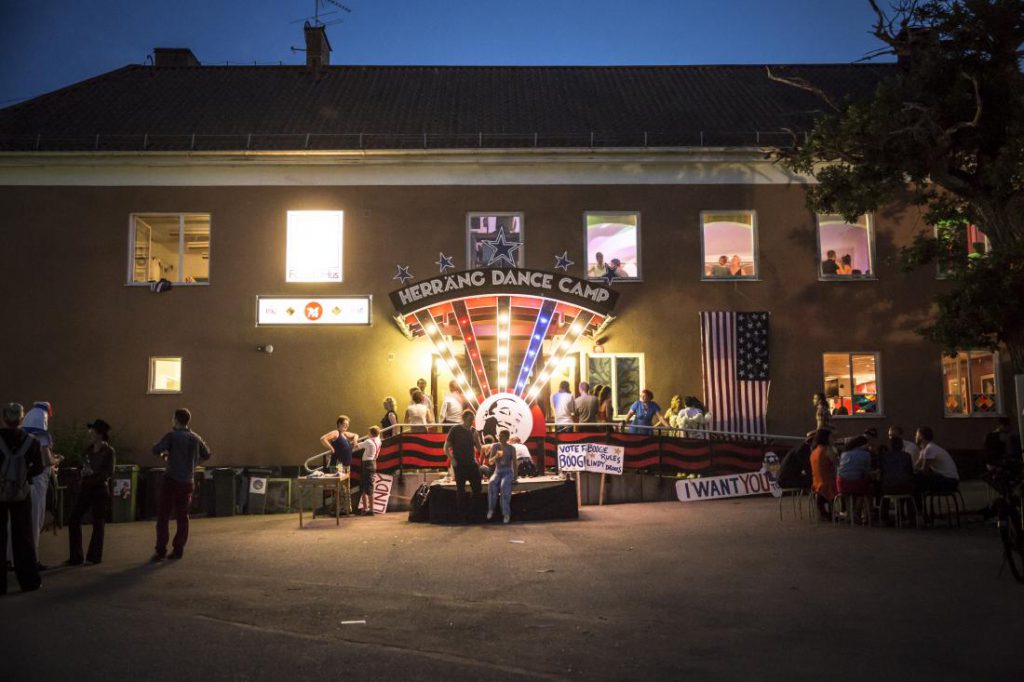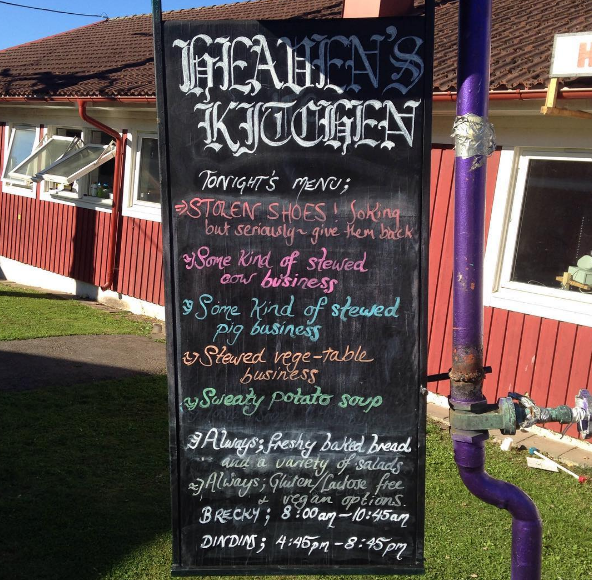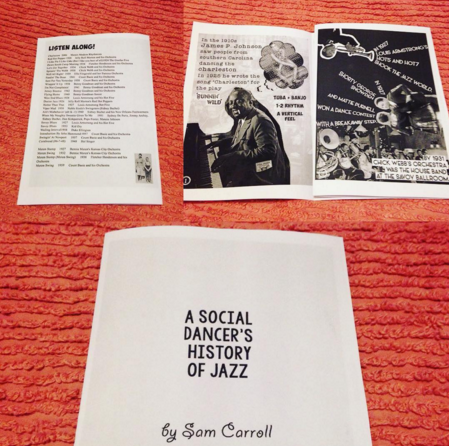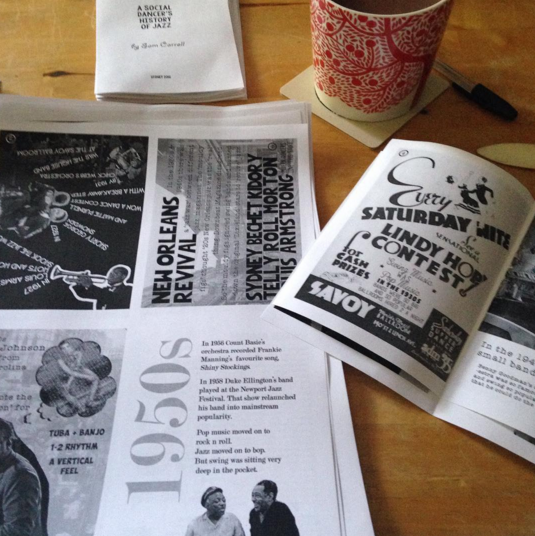Hello there. Seems it’s time for another reminder about working conditions for DJs in Australia. Particularly as event ticket prices are increasing, and DJ pay is not increasing at the same rate.
Here’s a tip: gender parity is often a result of good event management. So you’ll get the sisters if you run a good event and have a good reputation. BECAUSE the reasons women don’t DJ are structural and institutional, not individual.
If you are looking for gender parity in your DJing team, you will need to be sure your DJs are safe, your pay package fair, your working conditions just. If they’re not, women will avoid your event. Because omgicanteven.
And because women DJs face enough shit already. We don’t need the extra grief of DJing at a shitty event. Bro DJs get less hassle at dance events, so they’re more likely to volunteer for substandard events.
Here is my professional opinion, as an experienced event organiser and DJ. All of these things must be agreed upon in writing, well before the event.
RECRUITING DJS:
Have a clear vision for the musical program. If it’s a lindy hop event, get DJs who play classic swinging jazz. Do it right.
Do not do a ‘call for DJs’ for your event. This is not a casting call for some random chorus line spot. Nor are you some bullshit company running a competition for punters to ‘design your new logo!’ so you don’t have to pay a real designer. You are looking for talent to promote on your event program, so seek out the skill.
If you want good DJs to play your event, email those DJs directly. Woo them. Flatter them. Offer them a very attractive deal. Go above and beyond.
Hunt down new talent. Go to events. Ask DJs questions. Ask your interstate contacts about fresh young talent, for progress reports on newer DJs, for updates on older DJs.
Music should be your priority at a lindy hop event. So go out of your way to get the best DJs.
Then promote the buggery out of them. Brag that you got Reclusive DJ X to your event.
PAY:
– $30 per hour MINIMUM. This is a low rate.
DJs should be paid in cash on the night, before their first set, or at the end of their first set.
Or they should be paid by direct bank transfer by a specified date.
Or they should be paid in response to invoice by a specific date. They should never have to ask for the money.
– Band break DJs should be paid for the entire duration of the gig they are DJing, not just for the actual minutes they are playing.
– All DJs should receive free entry to the gig they are DJing.
– Use fewer DJs, and give all DJs a full free social pass to the event. Your event will suck if you use a heap of shitty DJs who have no skills, and you don’t give anyone a free pass. If you use fewer DJs and give them free passes, your event will be better.
MANAGEMENT:
– There should be a DJ coordinator, head DJ, or DJ manager, and they should be the DJs’ point of contact for the event. They should be available at all times during the event, and should reply promptly to emails before and after the event. They should provide the DJ with their agreement, terms, etc. All discussion with event management, musicians, sound crew, MCs, performers, and so on, should be mediated by this DJ manager.
– DJs should be given an agreement or contract before the weekend, which they should read and sign and return before the event. They should have adequate time to read and negotiate this contract.
– All DJs should be treated with respect by DJ managers: no shouting, no rudeness, no harassment, no bullying. All DJs should know who to speak to if they have difficulty with the DJ manager. And they should know this before the event.
SAFETY:
– DJ managers should ensure all DJs have a safe way to get home after an event.
– DJs should – as with all staff, contractors, and volunteers – know who to speak to if they feel unsafe, are harassed, injured, or in danger or injured. That person should be introduced to them, and the process explained, all in a quiet, calm place and manner.
– The sound set up should be safe, electronically and for hearing.
– The DJ does NOT set up the sound gear at a big event. EVER. Nor do they pack it down.
– DJs should not have to plug or unplug their own RCA cables to connect their laptop to the sound desk. There should be at least 2 cables ready at the desk at all times. Safety first, yo.
– The DJ must be behind the speakers, not in front of them, so their hearing isn’t damaged.
– There must be adequate heating or cooling. Both can serious issues at dance events. I’ve played gigs where it’s been so cold I couldn’t feel my fingers and couldn’t use the trackpad. I’ve played other gigs so hot and humid the trackpad didn’t work because I was so sweaty.
– There must be sufficient room behind the DJ booth/desk to sit and stand comfortably, and access to this area must be restricted to staff, or to the DJ’s friends with permission (so punters can’t just wander up and touch the DJ’s gear or hassle them).
– DJs must have a chair or stool to sit at the right height to DJ, but room to stand as well if necessary.
WORKING CONDITIONS:
A decent work space includes:
– adequate power outlets (which are safe) already set up
– a clear, flat, clean, safe area to setup a laptop, sound card, and various gear
– lighting (so they can see the dancers and gear properly)
– the DJs can see the dance floor well, from a raised platform, where dancers won’t bump their table (and damage gear)
– a copy of the event’s DJ schedule should be available in the booth
– DJs should know ahead of time (ie before the weekend, or at least before the shift) about all performances, snowballs, speeches, special stuff during their set. They should also be provided with a copy of performance music before the event. This music must be tested and of performance quality.
Let’s look at what’s happening around the Australian scene at the moment.
PAY:
At this point, $30 per hour + free entry to an event is standard. This includes band break DJing (which is often paid by the hour). This is not a good deal. It is in no way commensurate with the average rates for large events in Europe or America.
CONDITIONS:
– many events do not provide RCA cables already set up for DJs
– booths are frequently in front of speakers, where DJs can acquire industrial deafness
– many events do not have anything more than a basic code of conduct; they do not have clear emergency or safety procedures
– djs are not made aware of the event’s code of conduct, safety measures, or what to do in an emergency, or if they are harassed, feel unsafe, are injured, or endangered
– the dj gear is set up by inexperienced amateurs, who do not take proper sound and general safety precautions
– djs are often left to tidy up or close an event
– djs are doing more than just playing music during competitions
– djs are not given free event passes. They are offered unfair ‘deals’ on passes, or asked to choose between a combination of cash pay, free entry to some parties, or passes.
…and so on.
Breaking down the average existing pay rate:
If an event has only DJed music for 4 days, over 3 evening and 2 late night parties (ie 72 hours), with DJs paid at $30 per hour, that’s $2160 all up for DJ pay. Plus entry to that for a DJ team of about 15 DJs.
If an event has (as is more usual) one DJed night (4 hours), 5 band events (3 evening and 2 late nights), then they will need 10 DJ shifts (2 x 2 hours on Thurs; 1 x 4 hours, 2 x 2 hours on Fri, 1 x 4 hours, 2 x 2 hours on Sat, 2 x 2 hours on Sun). That’s 24 hours (give or take some) @ $30 = $720.
Get 4 DJs maximum to cover those shifts, and that’s 4 full social passes @ $120 = $480.
One band is paid $1500 on average for a 4 hour gig in Sydney. Each musician is paid about $250 each, plus a cut for the band leader.
The bands for this weekend would cost $7500 (usually a bit less if they work some good deals). Sound gear and engineer will cost them $4000 at top rate (usually less if they work a deal).
The basics of a weekend music budget, then, will cost $11850. 6 riders for bands and DJs @ $100 each (I just lump band break DJs in with bands for riders), and that’s $600 (which is more than you’d probably spend). That’s $12805, at the outside. The DJs are $1200 of that. Less than one band.
The value of a good DJ:
All those DJs are also dancers, often very good, experienced dancers, dancers who come with their friends to events (so for each DJ, add at least one punter you know will definitely come, and a handful of others who’ll come because your DJ talked about your event to them in person. Solid gold word of mouth PR). A good DJ is a draw in their own right. People (meaning more experienced dancers who care about music) will come to a gig if they know DJ X is playing. If DJ X also has a reputation for being associated with good music and good events, then that’s even more good PR for your event. Yes, there are plenty of dancers who don’t care about the DJs or bands on the program. But they are only part of the available market. You do want those more experienced dancers, because they have stamina, they give good photo, they bring energy to a party, and they’re another little part of the market to tap into with your event.
As you can see, underpaying and exploiting DJs is one way for dodgy events to cut their costs. Or is it?
Poor working conditions and pay make DJs shitty, and make good DJs avoid your event. Shitty DJs make for shitty dancing. That means you don’t get any good videos of good dancing to help you promote your event. Particularly if you have a shitty DJ DJing your competitions or other high-traffic events.
Shitty DJs give your event a shitty reputation. Neither of which is good business sense.
Another, very important aspect of hiring good DJs, is that you’re hiring an experienced professional. A person you can just trust to get on and do the job. You know that having a full floor is just a baseline. You know they’ll be able to run your dancers ragged, keeping the floor full, and your dancers full of strong feels and crazy dance CRAZY. Which they document like ranting nuts on facebook, document in photos, document in video. And talk about. Everywhere. Word. Of. Mouth. Gold.
Incidentally (and more importantly), a ‘good DJ’ is nice to work with. So your job as an organiser is easier. PHEW.
Let’s talk about band breaks.
When a DJ is doing band breaks, they are effectively working for the entire night, not just those minute they are actually playing music. A band break DJ is also:
– meeting and working with the sound engineer
– meeting and working with the band leader, watching them to be sure they are ready to go when the band finishes or starts
– meeting and working with the DJ coordinator, event manager, various performers, etc
– working with the band’s style so they don’t play the exact same type of music, or clash too much with that style
– they also need to avoid playing the same songs on the band’s set list. Which means coaxing a set list out of the band before the gig (good luck with that) or noting every song the band plays during their set (enjoy focussing on your dancing, DJ)
A reasonable (yet still not equitable or internationally standard) pay rate is:
– free entry for all parties (a measly $120 on average)
– pay per hour
– drinks and snacks
To make this cost effective for organisers, we should hire fewer, better DJs.
What is a top rate DJ deal for a big European (eg Herrang or Snowball) or American event which has about 1000 dancers in house during the event?
– free airport transfers (eg taxi to and from the airport to the venue)
– free flights for A rank DJs
– free food for the entire event
– pay per hour (this varies)
– full free pass for all parties and workshops for the duration of employment
– accommodation (hotel room, often shared)
– accommodation for partner (eg husband or wife)
– child care assistance
– free wifi
– office space/chill space (essential for working DJs at big events)
Additionally, their working space (the DJ booth) is set up by a professional sound engineer, who is also available at all times for repairs or assistance.
The ‘work space stuff’ is just basic amenities. Remember that DJs are working from anywhere between 1 and 4 hours at a stretch without a break.
They payment package obviously applies to the top rank events, and is less for smaller events.
A 300 person event is a moderately small event.
DJs also receive a contract or agreement, which sets out the terms of the gig (including all the above). This is sent to the DJ well before the event, signed by both parties, and agreed on. DJs are able to negotiate terms if necessary.
Finally, a word about good DJ managers:
If you want a good team of DJs who do good work, you’ll need someone to keep an eye on them. Someone to protect their interests, get the best possible work out them, keep them happy, and serve you up a good load of great music and happy dancers. So organisers need to look after their DJ managers. They need to hire good people-person type managers. They need to hire experienced dancers or DJs to be their DJ managers: head DJs is a term that means something here.
So DJ managers should have their own agreements and pay packages. They should also be happy, safe, and healthy, enjoying their job and doing good work.
…so, in sum, equity makes good business sense, and is economically as well as socially sustainable.

